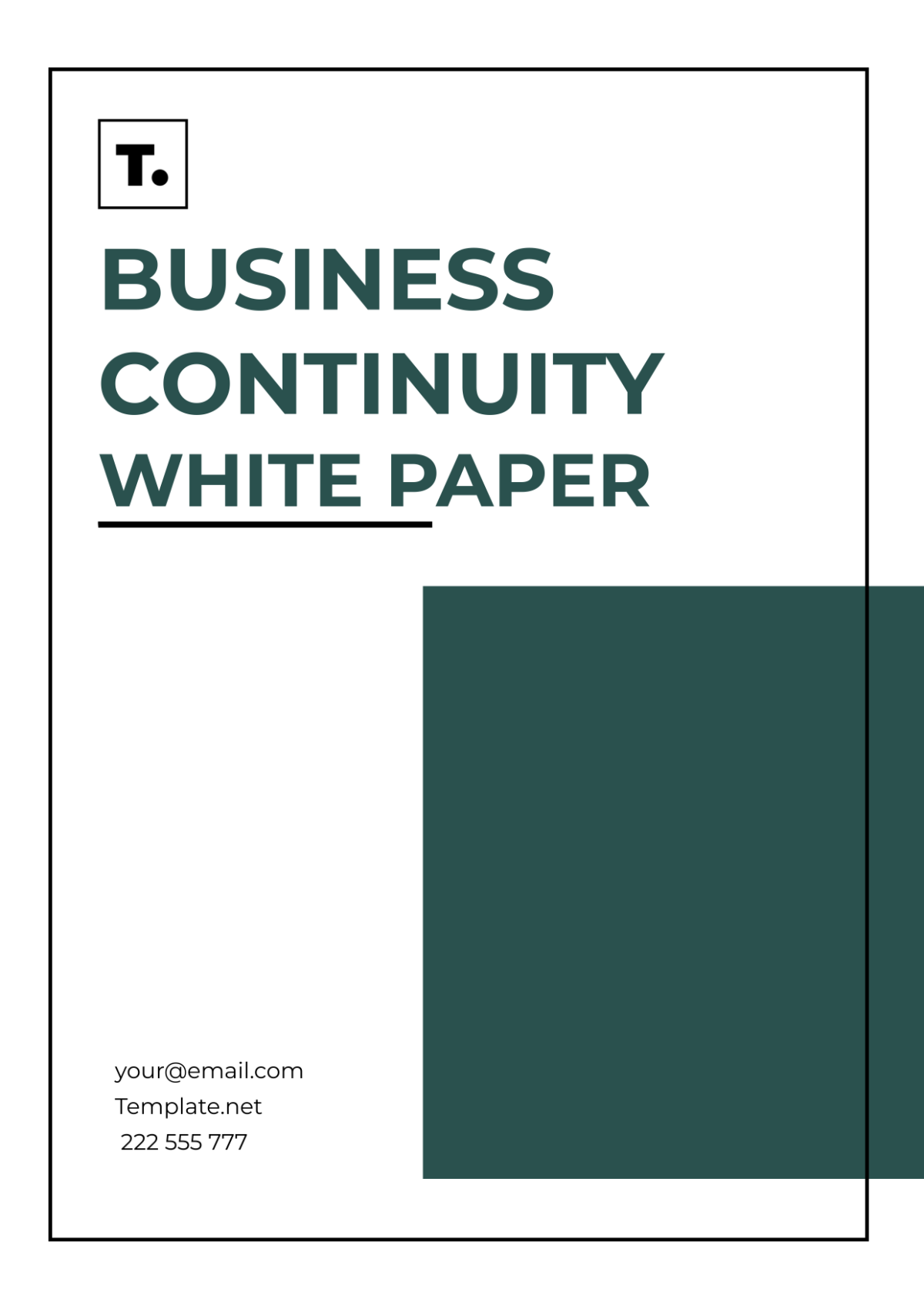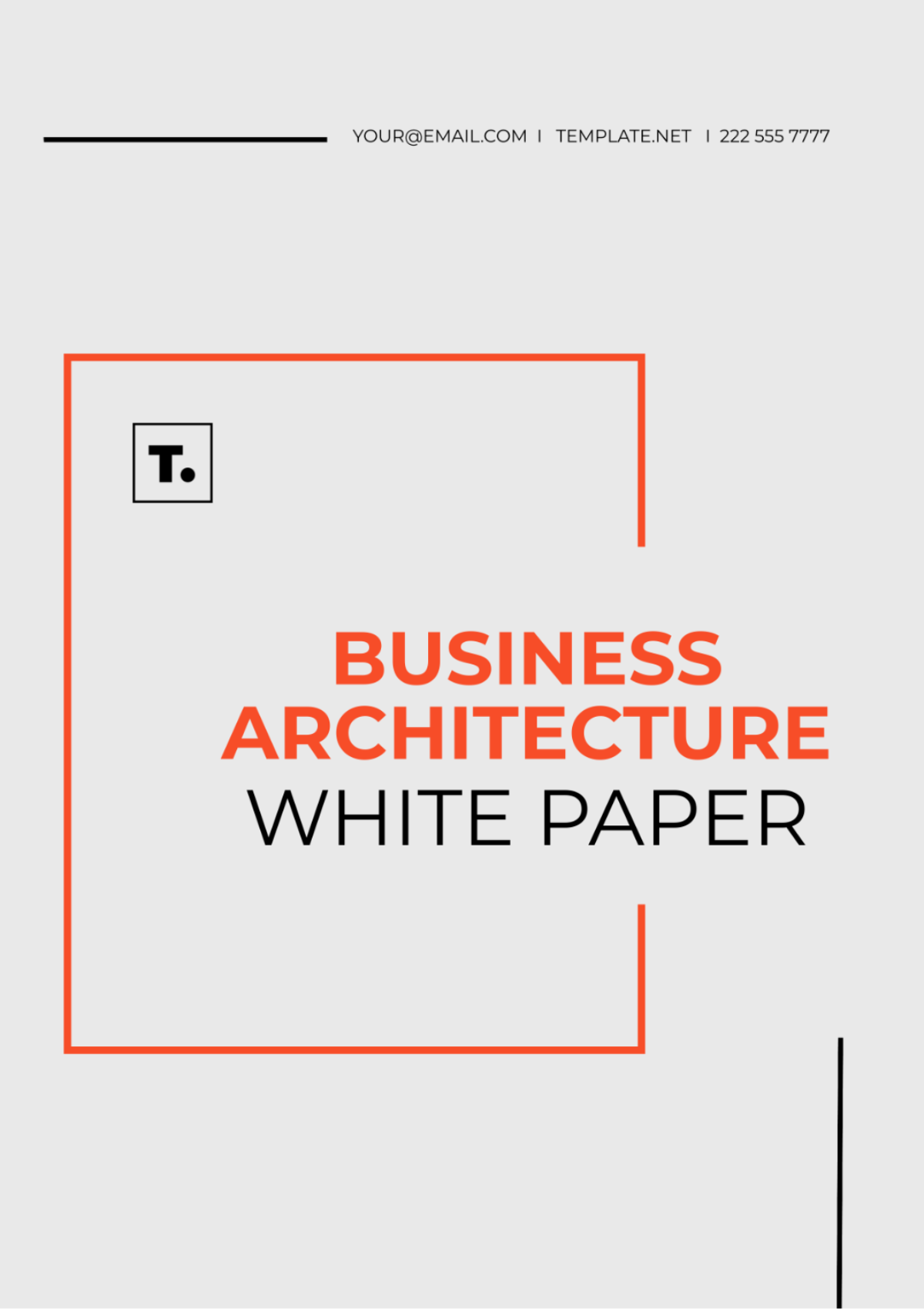Business Feasibility Research Paper
Prepared By: [Your Name]
Organization Name: [Your Company Name]
1. Introduction
Feasibility studies are essential for determining the viability of a proposed business idea. This research paper provides a comprehensive assessment of the business opportunity by evaluating key aspects such as market potential, financial projections, operational requirements, and associated risks. By systematically analyzing these factors, the paper aims to offer a clear understanding of whether the proposed venture is practical and likely to achieve success.
2. Market Potential
To evaluate the market potential, several key factors will be examined:
2.1 Market Size
Market size estimates the number of potential customers and the total revenue possible within the market.
Year | Estimated Market Size (in million $) |
|---|---|
2050 | 500 |
2051 | 550 |
2.2 Target Audience
Identifying the target audience involves understanding the demographics, psychographics, and purchasing behaviors of potential customers. For this analysis, the target audience includes:
Demographics: Age range 25-45, middle to upper-income brackets.
Psychographics: Environmentally conscious, tech-savvy individuals.
Purchasing Behaviors: Preference for online shopping, interest in sustainable products.
2.3 Market Trends
Analyzing current market trends helps in understanding the future direction of the market and potential opportunities. Key trends include:
Sustainability: Increasing consumer preference for eco-friendly and sustainable products.
Digital Transformation: Growth in e-commerce and digital marketing strategies.
Health Consciousness: Rising awareness about health and safety, driving demand for non-toxic products.
2.4 Competitive Landscape
Assessing the competitive landscape involves identifying key competitors, their strengths and weaknesses, and market positioning.
Competitors: Major players include EcoClean Inc., GreenTech Solutions, and PureNature Products.
Strengths: Established brands, and broad distribution networks.
Weaknesses: Limited innovation, higher price points.
Market Positioning: Competitors focus on premium segments, offering opportunities for differentiation in affordability and accessibility.
3. Financial Projections
Financial projections are critical in assessing the financial viability of the proposed business. This includes:
3.1 Revenue Projections
Revenue projections estimate the potential income over a specific period.
Year | Projected Revenue (in million $) |
|---|---|
2050 | 100 |
2051 | 150 |
3.2 Cost Estimates
Cost estimates include both fixed and variable costs associated with business operations. Key cost areas include:
Fixed Costs: Rent, salaries, utilities.
Variable Costs: Raw materials, marketing expenses, shipping costs.
3.3 Profit Margins
Profit margins are evaluated to ensure the business can achieve sustainable profits over time. Expected profit margins are projected at 20% for the first year, increasing as economies of scale are realized.
3.4 Break-even Analysis
The break-even analysis determines the point at which total revenue equals total costs, indicating no net loss or gain. The break-even point is estimated to be reached within 12 months of operation.
4. Operational Requirements
This section evaluates the operational necessities for the business, including:
4.1 Infrastructure
Infrastructure includes the physical and technological setup required for the business. This encompasses:
Facility: A leased warehouse and office space.
Equipment: Production machinery and IT systems.
4.2 Human Resources
Human Resources involves hiring skilled personnel necessary to operate the business effectively. Key positions include:
Management Team: Operations manager, marketing director, financial analyst.
Production Staff: Technicians, quality control inspectors.
4.3 Technology
Technological requirements involve the tools, software, and systems necessary for efficient business operations.
Software: ERP system for inventory and order management, CRM system for customer relations.
Hardware: Computers, servers, production equipment.
4.4 Supply Chain
The supply chain evaluates the sourcing, inventory management, and logistical aspects of the business.
Sourcing: Partnerships with suppliers for raw materials.
Inventory Management: Systems to track stock levels and manage reorders.
Logistics: Distribution network for delivering products to customers.
5. Risks and Mitigation Strategies
Identifying potential risks and developing strategies to mitigate them is crucial for the success of the business. This includes:
5.1 Market Risks
Market risks include changes in customer preferences and economic downturns. Mitigation strategies involve:
Adaptability: Regularly update product offerings based on market research.
Diversification: Explore new market segments to reduce dependency on a single market.
5.2 Financial Risks
Financial risks encompass cash flow problems and funding issues. Mitigation strategies include:
Financial Planning: Maintain a detailed budget and cash flow projections.
Funding Options: Explore alternative funding sources such as investors or loans.
5.3 Operational Risks
Operational risks involve disruptions in day-to-day business activities due to supply chain problems or technological failures. Mitigation strategies include:
Contingency Planning: Develop backup plans for critical operational areas.
Supplier Relationships: Establish relationships with multiple suppliers to reduce dependence on any single source.
5.4 Legal Risks
Legal risks include compliance with regulations and potential litigation issues. Mitigation strategies involve:
Compliance: Regularly review and adhere to industry regulations.
Legal Counsel: Engage legal professionals to manage and mitigate potential legal issues.
6. Conclusion
This research paper has provided a comprehensive analysis of the proposed business idea, taking into consideration market potential, financial projections, operational requirements, and associated risks. Based on the findings, stakeholders can make informed decisions regarding the viability of the business. The business appears to be practical and has the potential for success if the outlined strategies and mitigations are effectively implemented.




















